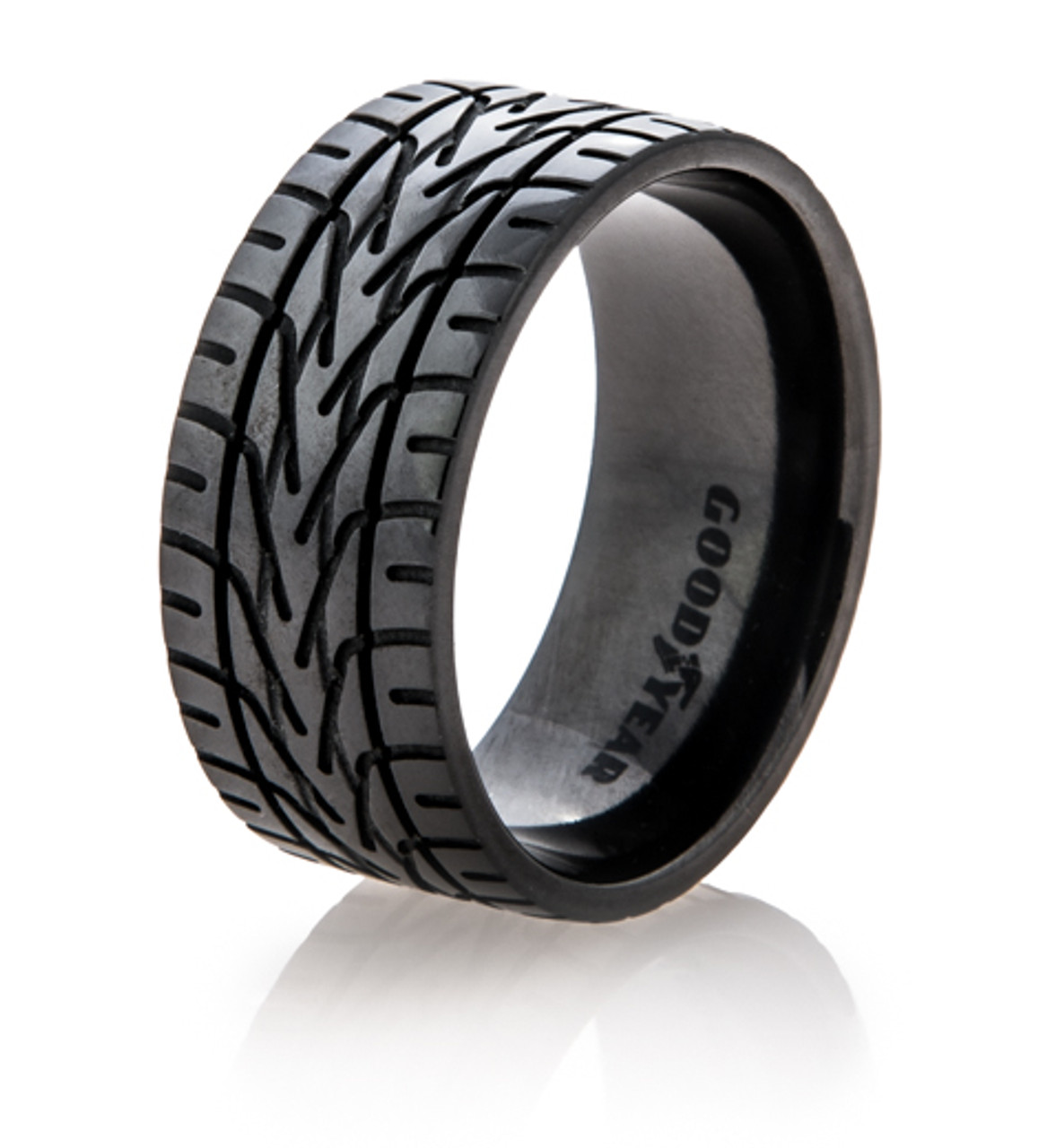I have some USB sticks, and I want to use them as portable Linux USBs. However, I am stuck on which distro will function the best. Here are my possible options:
- Fedora KDE Spin (installed directly to the USB)
- Fedora KDE Spin (in live mode, but with persistence)
- Fedora Kinoite (installed directly to the USB)
- EndeavourOS
I do have a USB3 flash drive, but I would like something suitable for USB2 speeds, if that will give okay speeds. I would also prefer to use a Fedora distro, however if troubleshooting Fedora is as easy as Endeavour, then I don’t mind.
I will also be installing other programs (Steam, LibreOffice, etc.) onto the USB after I install the OS.
Ventoy and try out all of them …
i think op means installing onto the usb, not just live booting? but if not: i can confirm that ventoy is awesome
From what I’ve heart it isn’t recommended to use an OS persistently on an USB-stick. Not is it slower, the constant read and writes may damage it, since it isn’t made for that.
Please correct me if I remembered it wrong.
In the basis you are right. But nowadays a good large USB stick shut be able to handle it fine over a long period. I would recommend to put the cache and temp directory’s on a memory drive. that way you do not constantly stress out the USB.
On the other hand nowadays their are USB cases for M.2 SSDs. this would eliminate the entire problem.
On the other hand nowadays their are USB cases for M.2 SSDs. this would eliminate the entire problem.
I had no idea this was a thing. Looks like you can get little 2230 (W: 22mm, L: 30mm) drives too so it’s not like it has to be some super long thumbdrive or dongle setup.
I love the idea of moving my OS from PC to PC with me. Always configured how I like it. I don’t know how well it’ll work in practice, with real world performance or hardware changes between PCs, but I might have to give it a shot.
Thanks for the tip.
I clonezilla my desktop install to an external m2. It’s always there if I need it.
Not to mention a m2 ssd external case!!
Oh … I only read your first sentence.
I’ve used https://tails.net/ for a while, works nicely and interesting !!! More developed for security…
I have Linux Mint Cinnamon installed on a flash drive, and even on USB 2.0 it’s pretty fast. The problem rather has been random access speed, not the transfer speed. I tried 3 unbranded flash drives from AliExpress and a Panasonic USB 3.0 flashdrive, and all of those were crap. The only one good for this has been SanDisk CruzerBlade, both USB2 and USB3 versions.
I’ve been running Mint XFCE this way for years! Mostly as a stupid computer trick, but it’s occasionally super helpful, especially where someone just needs that one doc off a non-booting windows.
Why? What’s the goal?
deleted by creator
You can just make a usb stick a boot drive with a linux install, it wont’ be performant but it would work.
persistent partition
MXLinux https://mxlinux.org/
There are a range of ways to have multiple distro’s on a single USB if they fit, but really, this is something you should just try for yourself. I did the same and ended up trying all sorts. Icurrently have a USB drive with Mint and Puppy. Mint for when I want to have a full distro and Puppy for everything else. Me personally, I find Puppy the simplest , fastest and easiest on any machine without buckefsfull of RAM. It even works on my really old laptop with 1GB.
Not Fedora, but MX Linux and Antix are good for persistent installation on usb-sticks. See here: https://antixlinux.com/the-most-extensive-live-usb-on-the-planet/
one that’s always been interesting, to me anyway, is https://www.slax.org/
i’ve used a few different versions of it over the years.










